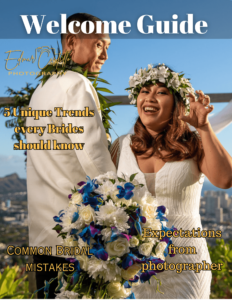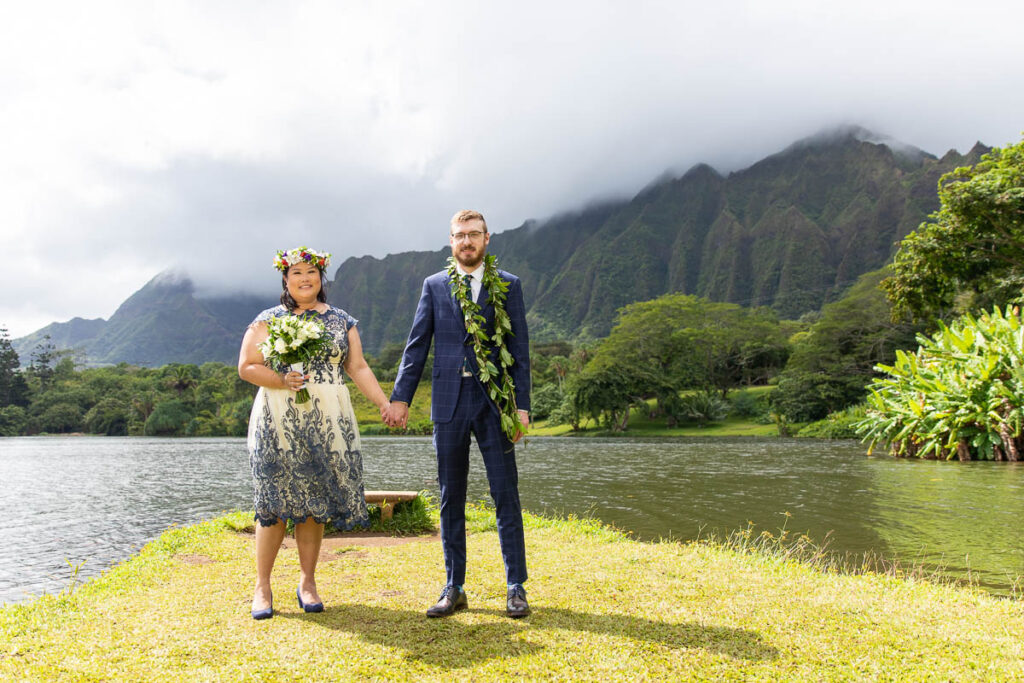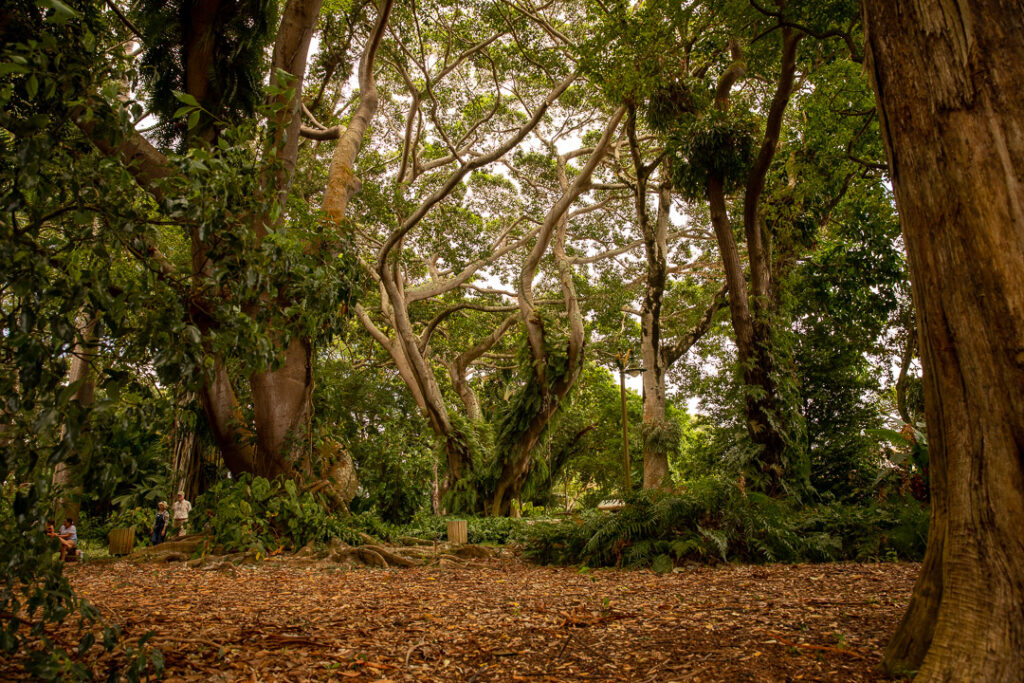By
Edmar Castillo
/ August 23, 2023
About The Author
Edmar Castillo
Capturing moments that light up your life!
Welcome to my world of photography, where I specialize in capturing the essence and emotions of weddings, corporate events, and industrial projects. With a passion for off-camera lighting techniques, I create stunning visuals that truly stand out. But what sets me apart is my dedication to uplifting people - ensuring you feel comfortable, confident, and radiant in front of the lens.
Ready to illuminate your special moments? Let's connect and make magic happen together!



